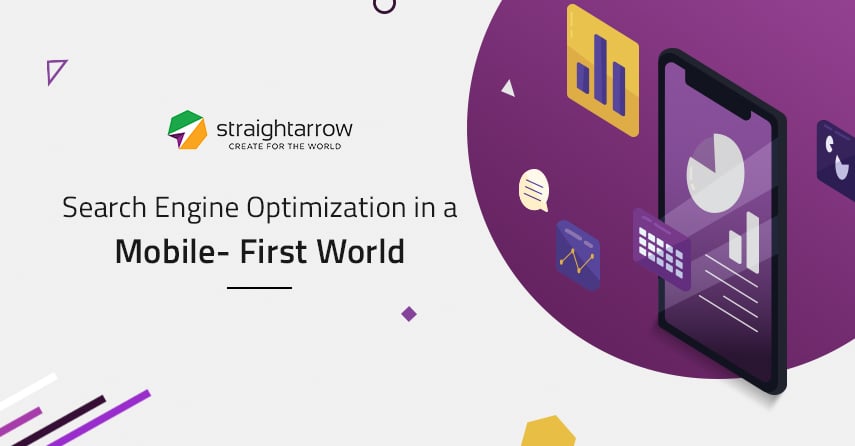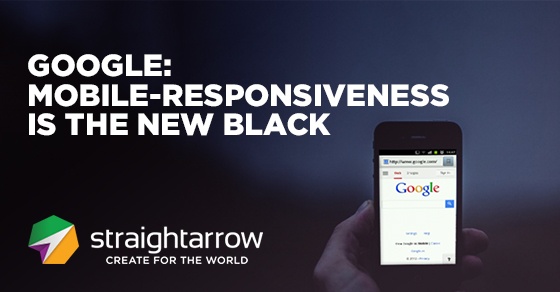
Search engine optimization (SEO) has come a long way. From its introduction in a time when the world wide web was pretty new to its presence in today’s world, where the standard is to assume mobile-first, updates aim to give users more relevant and quality content. How can companies create innovative search engine optimization strategies in a mobile-first world?
Laying the groundwork: SEO in the early days
In its earliest days, SEO was all about stuffing keywords and excessive tagging. The road to the top of the search engine results page was narrow, and on-page optimization was the only way to get there.
On top of this, the competition to achieve the highest rank was fierce as companies had just begun to explore the potential of the world wide web as a viable avenue for sales and marketing. This resulted in the practice of spamming content with keywords in a bid to outrank other pages. This did not last long.
Keyword stuffing and excessive tagging proved themselves a problem since they failed to bring relevant results to users.
Search engine giants introduced indexing guidelines and features to establish relevance while prioritizing user experience. Google’s Universal Search was an update geared to providing users with more engaging content such as news, images, and video, which were filtered based on their search behavior and interest.
Backlinks—links from other websites—were also introduced to establish a page’s authority, and while some used link techniques that resulted in spam, this challenge paved the way for more updates.
2010 established that quality content is “king”—this meant that content featured on pages needed to be relevant and capable of answering a user query before the page could rank higher on search engine results.
Google also enforced stricter policies on keywords and quality content, providing regular updates such as Penguin, Panda, and Hummingbird—all aimed to remove spam from the internet.
Given all these developments, relevancy and user experience continue to be the core focus of SEO. It's also not just about bringing relevant content to every user—it's also about knowing where your users are experiencing their content.
Now that mobile-first is the standard, it's important to deliver relevant and optimized content not only on desktops but also, and incredibly, on handheld devices as well.
The rise of mobile and mobile-first indexing

Photo from Unsplash
As Google puts it, “mobile is changing the world.” More and more users access the internet via smartphones than desktops or personal computers.
In an article released by Google on being mobile-friendly, they cited that 94% of people with smartphones search for local information on their phones in the USA alone.
77% of these mobile searches happen where desktop computers are likely to be present, such as at home or work.
- 48% of customers started searching on mobile first regarding the product they purchase
- More than 51% of smartphone users have found a new company or product by searching on their mobile phone
- Local searches led 50% of mobile users to visit stores within a day
This emergence of mobile usage led Google to release the mobile-first indexing update. This update means that Google will now primarily use the mobile version of a page's content when evaluating the relevance of a page to a user’s query.
Keeping up with SEO in a mobile-first world
To keep up with SEO in a world that prioritizes mobile-first, remember that basic SEO techniques—keywords, link building—still work.
You need to take a couple more steps to ensure you’re optimized for mobile.
1) Check if your site is mobile-friendly
First things first! Before making any significant changes to your site, remember to evaluate your current status first.
You can check your mobile-friendliness through a test provided by Google at https://search.google.com/test/mobile-friendly.

Screenshot from Google Mobile-Friendly Test
After evaluating mobile-friendliness, it’s also good to check if Google can crawl your website successfully.
- To do so, log in to Google Search Console and go to “Crawl.”
- Once you’re there, click “Crawl Errors” on “Smartphone.”
- You’ll see a graph and table that shows if there are any errors.
Remember, people won’t find your content on the search engine results page if Google can't crawl your site.
It’s essential to act on the results of the tests immediately.
2) Use a mobile-friendly or responsive design
When optimizing for mobile-first, ensure that your mobile and desktop sites contain the exact text, images, and video content.
Remember: once Google has moved your site to mobile-first indexing, they won’t crawl your desktop site.
To make things easier and save yourself from the hassle of creating two versions of your website, choose to employ responsive design—a web design approach that makes website pages look well on any device.
With mobile-first indexing and Google favoring mobile-friendly sites, a responsive website can help you climb higher on the search engine results page.
3) Make sure that your site loads fast
In an article posted by Think With Google, it was revealed that 40% of consumers would leave a page if it takes longer than 3 seconds to load, while 79% of shoppers said they are less likely to buy from a site again if they’re dissatisfied with the web performance.
We all want our questions answered fast. With the advent of smartphones, we expect information to be more accessible at our fingertips. Google has repeatedly emphasized and considered page load time as a ranking factor.
If you want to thrive, improving your page loading time is essential.
To start, you can check your speed using Google’s Test My Site at https://testmysite.thinkwithgoogle.com/.
This test generates a report with recommended fixes specific to your website.
The following are among the commonly recommended fixes to improve page loading time:
- Reduce the number of page requests
- Compress images since large image files tend to slow down your site
- Utilize caching to serve pages more quickly
4) Practice basic SEO: create quality content
Lastly, when optimizing your site, always remember that relevant and valuable content is king.
Write compelling headlines and copy and match this with keyword research that makes your content more searchable.
- Avoid keyword stuffing—you want to ensure that your content is helpful and not spam.
- Employ backlinks or inbound links to establish your authority for your targeted search terms.
All in all, provide users with more value, and you should be climbing up the rankings in no time.
Get your site optimized for both mobile and desktop
As the mobile-first world ushers in, optimizing your site for mobile is a must. However, you must ensure you don’t neglect your desktop site.
Use responsive design, optimize your page loading time, and create quality content for all versions of your site to climb the search engine ranking.
Still, trying to wrap your head around the technical aspects of search engine optimization?
Click the image below for details on our affordable SEO packages for you.
Together, let’s optimize your site for both mobile and desktop!













Comments